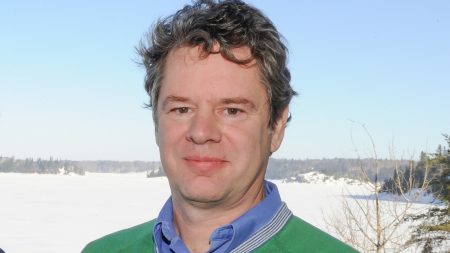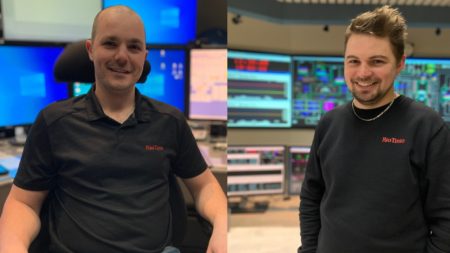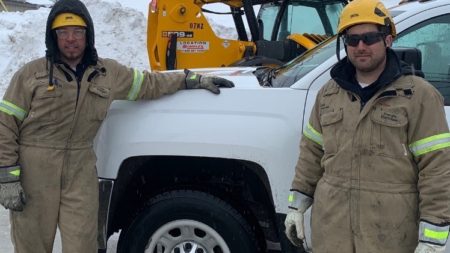Bruno Larouche, Eng. M.Sc. Water Management Consultant, Operational Excellence & Integrated Operations

If you have received training on Rio Tinto’s hydropower system in recent years, you have already met Bruno Larouche. Bruno has been a hydrologist for Rio Tinto for 30 years and has spent his career improving water management techniques for the Saguenay–Lac-Saint-Jean region and at Kitimat in British Columbia for nearly 20 years. What really sets him apart, however, is his extensive knowledge of Rio Tinto’s water history. From rainmaking machines to the Saguenay Flood and the construction of the dams, this pioneer is as knowledgeable about the history of the region as he is about water management.
Q. What events stand out the most in your career?
In 1996, I was the hydrologist on call during the flood. There have been other significant events, but this one was historic. We worked very long hours. I particularly remember that when we were called to the Dam Safety Act hearings afterwards, journalist Louis Tremblay headlined his article the next day, “Alcan donne une leçon de gestion” (Alcan gives a lesson in management). It was a great moment for our team because our dedicated efforts were acknowledged, and I am still very proud of it to this day. In more recent history, we also have had to negotiate the new participative management agreement for Lac-Saint-Jean in 2017, at the same time as the flood of the century. It was quite a challenge, but we managed it brilliantly. The good thing about working for Rio Tinto’s water department is that you get to do everything. This has allowed me to work on projects in Cameroon, China, and on the water management of Kitimat. Our work here is very diverse, and you do not find that anywhere else.
Q. Where does your passion for history come from?
History was part of my career plans when I went to university. In the end, I chose hydrology, but in 1992 I won the “Histoire de l’Alcan” (history of Alcan) collection and since then I have never stopped being interested in it. Moreover, I am very interested in preserving our heritage, and I will certainly devote a good part of my retirement to it. There are a lot of documents in Rio Tinto’s basements, and I would like to have the opportunity to help archive them. There are also videotapes from the past that are in the National Archives and that I would like to see digitised. We have a fascinating history and I would love to protect it. All these documents could be used in the future for training and for teaching regional history.
Bruno will retire in November with just over 30 years of service to Rio Tinto. He will be leaving a rich cultural and scientific legacy for future hydrologists. Furthermore, the research programme he founded in partnership with universities will continue to ensure that water management remains at the heart of Rio Tinto’s excellence in Canada.


